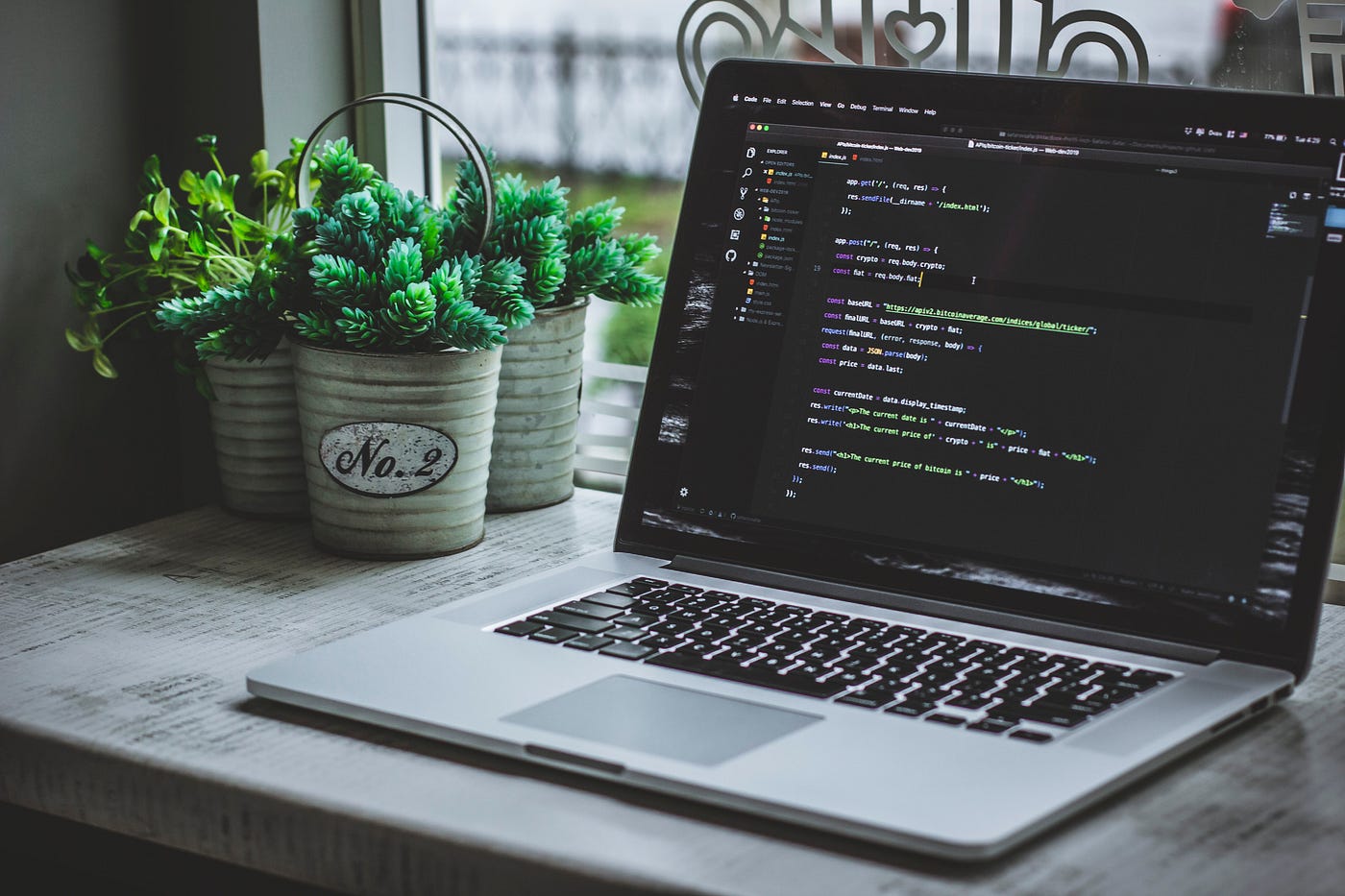“Clean code always looks like it was written by someone who cares.” — Robert C. Martin (Uncle Bob)
Writing code that works is one thing. Writing code that’s clean, readable, and easy to maintain? That’s what separates junior developers from seasoned professionals.
In this post, we’ll explore practical best practices to help you write clean, maintainable code that your future self (and your teammates) will thank you for.
🧼 What is Clean Code?
Clean code is:
- Easy to read
- Easy to understand
- Easy to change
- Free from unnecessary complexity
It doesn’t just work — it communicates intention clearly.
✨ Why Clean Code Matters
| 🚫 Messy Code | ✅ Clean Code |
|---|---|
| Hard to debug | Easy to trace and fix |
| Risky to change | Safe to extend or refactor |
| Difficult to onboard new devs | Smooth knowledge transfer |
| Slow development over time | Sustainable growth and scalability |
Clean code is an investment that pays long-term dividends.
🛠️ Best Practices for Writing Clean, Maintainable Code
1. Name Things Intuitively
Good naming is half the battle.
✅ Do:
total_price = item_count * item_price
🚫 Avoid:
tp = ic * ip
- Use descriptive names for variables, functions, and classes.
- Avoid vague names like
temp,foo,stuff,data.
2. Keep Functions Small and Focused
Functions should do one thing, and do it well.
✅ Better:
function calculateTotalPrice(items) {
return items.reduce((sum, item) => sum + item.price, 0);
}
- Avoid long, multi-purpose functions.
- Avoid deeply nested logic blocks.
3. Write DRY Code (Don’t Repeat Yourself)
Duplicate code is dangerous — bugs multiply across copies.
✅ Extract repeated logic into reusable functions or modules:
function formatDate(date) {
return new Intl.DateTimeFormat('en-US').format(date);
}
Duplication is a maintenance nightmare. Keep it DRY.
4. Use Meaningful Comments — Sparingly
Code should explain itself. Use comments only when needed:
- To explain why, not what
- To clarify business logic or edge cases
✅ Good comment:
# Business rule: apply discount only if user is a premium member
🚫 Bad comment:
i = i + 1 # Increment i by 1
5. Follow Consistent Formatting
Consistency makes your code easier to scan and read.
- Use a formatter like Prettier, Black, or Clang-Format
- Follow established style guides (PEP8, Airbnb, etc.)
- Keep indentation, spacing, and braces consistent
6. Write Tests
Clean code is testable code.
- Write unit tests to verify core logic
- Use meaningful test names
- Aim for good coverage, but don’t chase 100%
7. Organize Your Project Logically
A clean file/folder structure improves navigation and scale.
/src
/components
/utils
/services
- Group related files
- Avoid dumping everything into one folder
8. Avoid Magic Numbers and Strings
Hard-coded values make code fragile and confusing.
✅ Better:
const MAX_RETRIES = 3;
🚫 Avoid:
if (retryCount > 3) { ... }
9. Refactor Ruthlessly
Code is never perfect on the first try.
- Continuously improve clarity and structure
- Don’t be afraid to change something confusing
- Refactor after adding functionality
Leave the code better than you found it.
10. Think Like a Collaborator
Imagine someone else will maintain your code — because they will.
- Make code self-explanatory
- Write helpful README or docs
- Avoid cleverness for the sake of it
✅ Your goal: clarity over complexity
💡 Bonus: Clean Code Principles at a Glance
| Principle | Description |
|---|---|
| KISS | Keep it simple, stupid |
| DRY | Don’t Repeat Yourself |
| YAGNI | You Aren’t Gonna Need It |
| SOLID | Object-oriented design principles |
| SRP | Single Responsibility Principle |
🔚 Final Thoughts
Clean code isn’t about perfection. It’s about care, clarity, and craftsmanship.
You don’t need to master all these practices at once. Start small, apply them consistently, and you’ll become a developer others want to work with — and a codebase you’ll be proud to return to.

 The Rise of Low-Code/No-Code: Should Developers Worry?
The Rise of Low-Code/No-Code: Should Developers Worry?